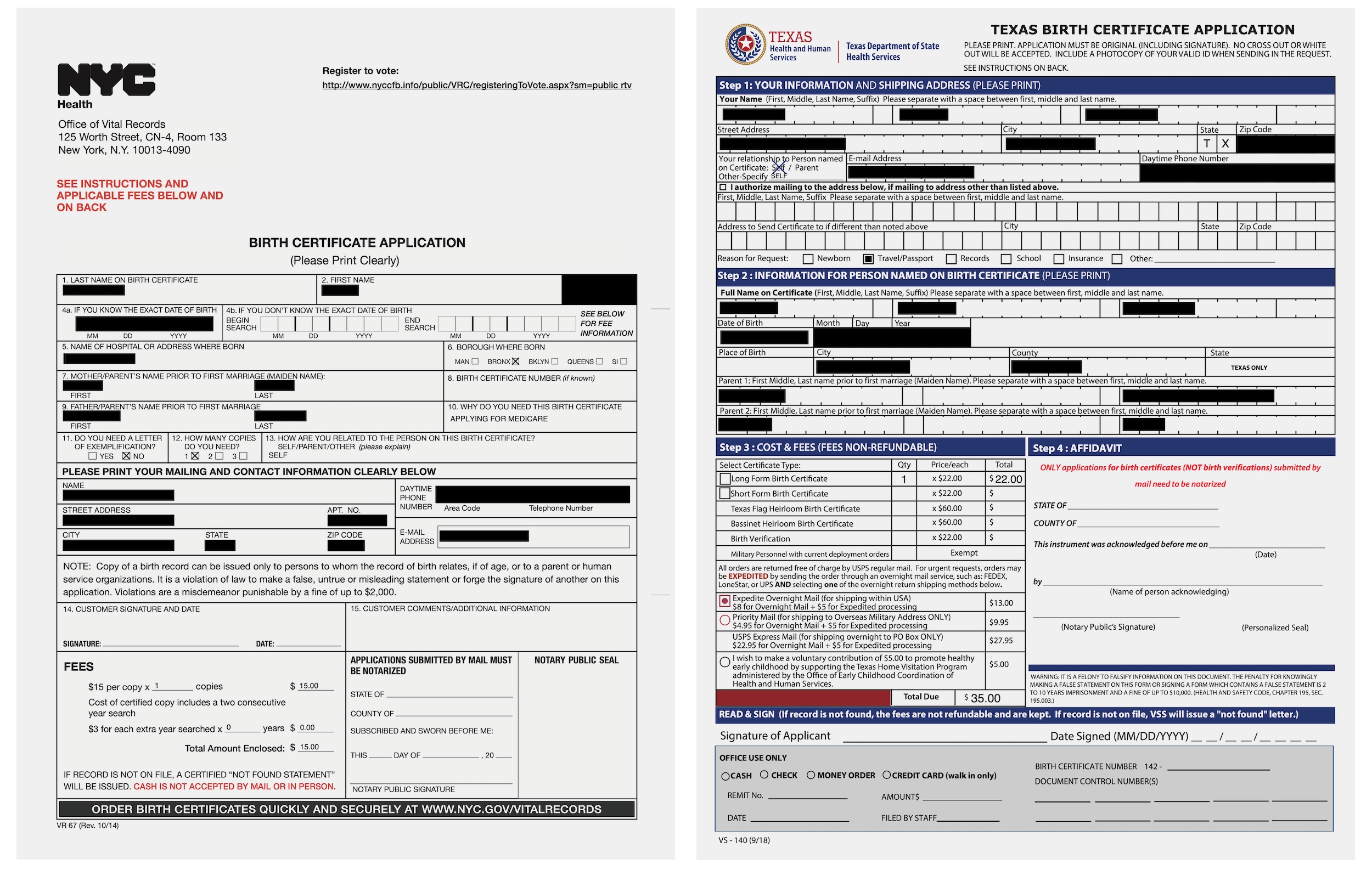YouTube is asking the U.S. Federal Trade Commission for further clarification and better guidance to help video creators understand how to comply with the FTC’s guidelines set forth as part of YouTube’s settlement with the regulator over its violations of children’s privacy laws. The FTC in September imposed a historic fine of $170 million for YouTube’s violations of COPPA (the U.S. Children’s Online Privacy Protection Act). It additionally required YouTube creators to now properly identify any child-directed content on the platform.
To comply with the ruling, YouTube created a system where creators could either label their entire channel as child-directed, or they could identify only certain videos as being directed at children, as needed. Videos that are considered child-directed content would then be prohibited from collecting personal data from viewers. This limited creators’ ability to leverage Google’s highly profitable behavioral advertising technology on videos kids were likely to watch.
As a result, YouTube creators have been in an uproar since the ruling, arguing that it’s too difficult to tell the difference between what’s child-directed content and what’s not. Several popular categories of YouTube videos — like gaming, toy reviews, and family vlogging, for instance — fall under gray areas, where they’re watched by children and adults alike. But because the FTC’s ruling left creators held liable for any future violations, YouTube could only advise creators to consult a lawyer to help them work through the ruling’s impact on their own channels.
Today, YouTube says it’s asking the FTC to provide more clarity.
“Currently, the FTC’s guidance requires platforms must treat anyone watching primarily child-directed content as children under 13. This does not match what we see on YouTube, where adults watch favorite cartoons from their childhood or teachers look for content to share with their students,” noted YouTube in an announcement. “Creators of such videos have also conveyed the value of product features that wouldn’t be supported on their content. For example, creators have expressed the value of using comments to get helpful feedback from older viewers. This is why we support allowing platforms to treat adults as adults if there are measures in place to help confirm that the user is an adult viewing kids’ content,” the company said.
Specifically, YouTube wants the FTC to clarify what’s to be done when adults are watching kids’ content. It also wants to know what’s to be done about content that doesn’t intentionally target kids — like videos in the gaming, DIY and art space, for example — if those videos end up attracting a young audience. Are these also to be labeled “made for kids,” even though that’s not their intention?, YouTube asks.
The FTC had shared some guidance in November, which YouTube passed along to creators. But YouTube says it’s not enough as it doesn’t help creators to understand what’s to be done about this “mixed audience” content.
YouTube says it supports platforms treating adults who view primarily child-directed video content as adults, as long as there are measures in place to help confirm the user is an adult. It didn’t suggest what those measures would be, though possibly this could involve users logged in to an adult-owned Google account or perhaps an age-gate measure of some sort.
YouTube submitted its statements as a part of the FTC’s comment period on the agency’s review of the COPPA Rule, which has been extended until December 11, 2019. The FTC is giving commenters additional time to submit comments and an alternative mechanism to file them as the federal government’s Regulations.gov portal is temporarily inaccessible. Instead, commenters can submit their thoughts via email to the address secretary@ftc.gov, with the subject line “COPPA comment.” These must be submitted before 11:59 PM ET on Dec. 11, the FTC says.
YouTube’s announcement, however, pointed commenters to the FTC’s website, which isn’t working right now.
“We strongly support COPPA’s goal of providing robust protections for kids and their privacy. We also believe COPPA would benefit from updates and clarifications that better reflect how kids and families use technology today, while still allowing access to a wide range of content that helps them learn, grow and explore. We continue to engage on this issue with the FTC and other lawmakers (we previously participated in the FTC’s public workshop) and are committed to continue [sic] doing so,” said YouTube.


